Ping An placed focused efforts on innovations to deliver value for customers, improve employee efficiency and uplift the lives of local communities.

Introduction
Ping An Insurance was founded in 1988 by Peter Ma Mingzhe in Shenzhen, the financial hub of southern China. Started as joint stock insurance company, it has grown tremendously. Of late, Ping An ranks among the world’s top largest insurers.
We studied the key factors that contribute towards the success of the company. Ping An is among Twimbit’s Top 10 APAC companies to ace CX.
Highlights
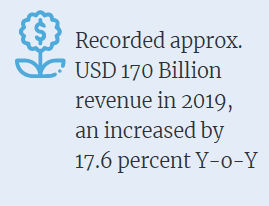


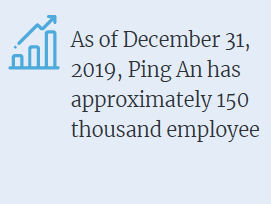
Opportunities
Ping An has remained true to its original aspiration of safeguarding people’s livelihood. The success of the company is heralded by the ambitions of its founder to grow beyond insurance business.
- The diverse group of revenue streams including insurance, banking, asset management and internet finance (such as telehealth and real estate services ecosystem) bolster its growth.
- Despite the web of businesses, Ping An is capable of receiving and processing these data of the same people in multiple forms on a single platform. As a result, it allows them to understand its customers’ dynamic behaviour and needs.
- Additionally, this capability has simplified customer journey by allowing them to easily cross-buy multiple products across the company network.
Best practices
Digital experience
- Innovation as the core of the business to stay competitive
In 2019, Ping An recorded a technology patent of 9,112 patents. In 2019, they achieved global rankings, i.e. the first rank in fintech and the second in digital health and technology (healthtech) by published patent applications. Undoubtedly, these stellar innovations allowed Ping An to stay ahead and advanced in its variety of products to the customers.
- Leveraging superior technologies to simplify customer journey
Ping An Property and Casualty utilises technologies including robots and optical character recognition (OCR) to pursue robotic process automation of tasks including quotation, data entry, policy issuance and endorsement. As a result, the advancement of technology has helped the company improved operational efficiency, optimised cost and elevate customer experience.
- Application of AI and big data to improve business efficiency improvement
Ping An developed AI-powered retail banking to enable all processes including sales, risk control, operations, and management. A total of 90 percent out of the 14.30 million credit cards issuance in 2019 were automatically approved by AI. Additionally, almost four million customers applied for credit cards through the big data-driven “One-Click Application” process.
Employee experience
- Application of AI robotics to refine talent recruitment and management
Ping An applied an AI interview robot to 100 percent of sales agent recruitment interviews. The system known as HR-X has won the Human Capital Innovation Award by BAI Global Innovation Awards. Hence, the deployment of this new technology has helped the company recruit, train and improve agent management as part of its high-quality talent development strategy.
- Build a pool of high potential talents to drive the company’s mission and vision forward
Ping An builds high potential talents who are passionate about innovations and technology. As of December 2019, they have a technology team of nearly 110 thousand technology business employees, 35 thousand R&D employees and 2.6 thousand scientists. Additionally, Ping An established 8 research institutes and 57 laboratories, and partnered with top universities including Peking University, Tsinghua University and Fudan University and research institutes to pursue technological breakthroughs.
Brand experience
- Development of brand ecosystem to increase customers acquisition
Ping An financial services ecosystem provides diverse services including facilitation of seamless connections between them. They acquire new and prospective customers through the development of five ecosystems namely financial services, health care, auto services, real estate services and smart city services. As a result, the company acquired 36.57 million new customers in 2019, 40.7 percent of whom were sourced from internet users within the company’s ecosystems.
- Environment, Social, Governance (ESG)-driven sustainable development to uplift lives of local communities.
Ping An continue to alleviate poverty by advancing the program of Ping An Rural Communities Support. They provide training to rural residents, bringing new vigour to rural industries, and promoting the “one village, one product” approach. Besides, to further improve the lives of rural communities, they have built and upgraded 949 rural clinics and 1,054 rural schools as well as trained 11,175 village doctors and 11,826 village teachers.
Outcomes
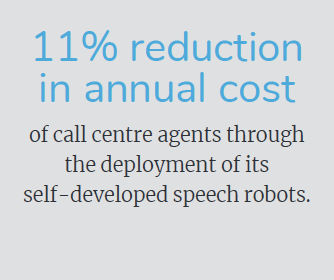


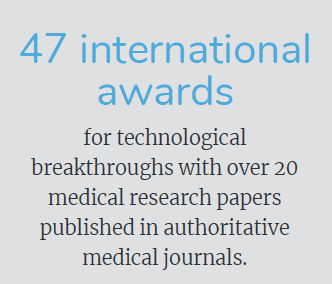
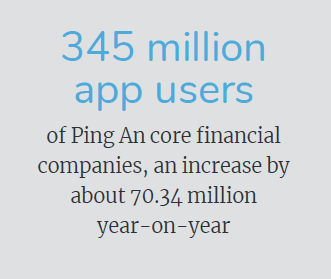
Key takeaways
- Innovate to differentiate – Ping An is a good example of a company that challenges status quo. Innovations becomes the core business of the company in order to provide the stakeholders with the best products and experience. Forward-thinking business leaders should have a clear strategy to innovate and thus, ensure business continuity.
- The right employees with the right attitude are a company’s biggest assets – businesses cannot run without employees. In order to materialise a company’s vision and mission, they need an army of motivated employees to support the aspiration. Ping An is dedicated towards technology innovations by employing a pool of high potential talents who believe and support its ambitions.
- Build the right mission and vision, the brand will build itself – in this example, Ping An was built on the foundation to safeguard people’s lives and as such, has successfully translated that in their products, values and actions. Moreover, companies that understand their purpose and build their CX offering around it, will be able to succeed above and beyond their peers.